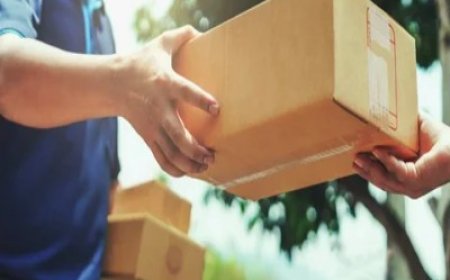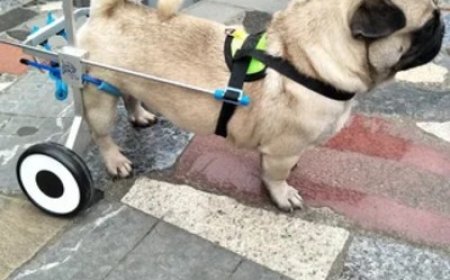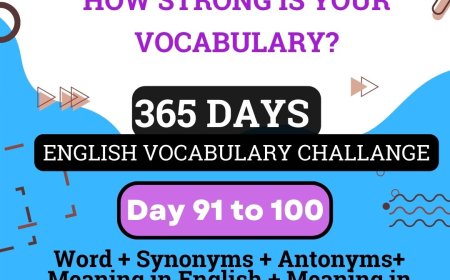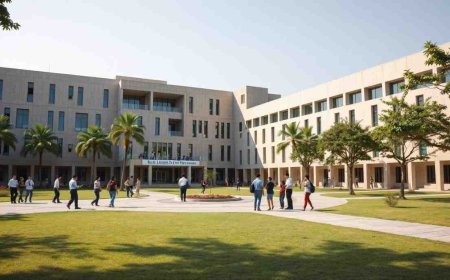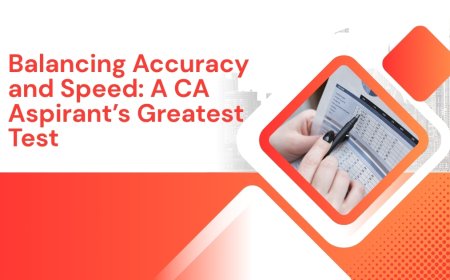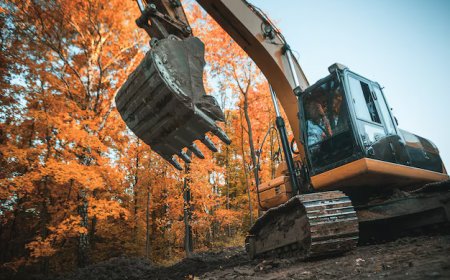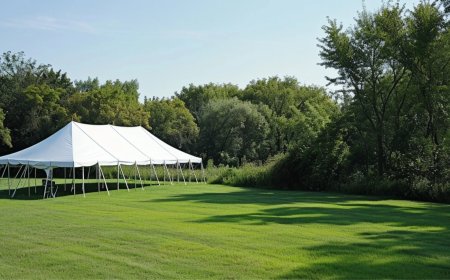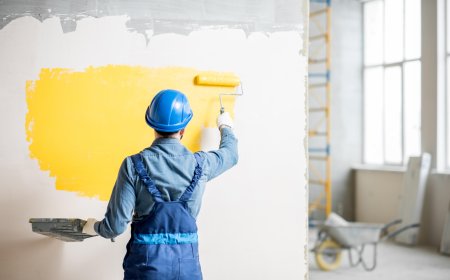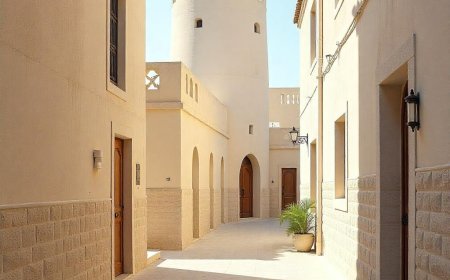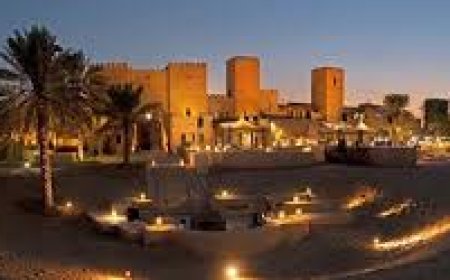How to Find the Best Water Purification Methods for EBC
Reach 5,364m and witness Everest up close with this iconic Himalayan adventure.

While hiking toEverest Base Camp Trek, one?of the key factors to take into account is access to safe drinking water. The Himalayas?are a remote environment with natural water sources being common but frequently untreated, and so potentially contaminated. Drinking untreated water can cause serious illness, such as diarrhea and infection, which can ruin your?trek, or even worse, become quite dangerous at high altitudes. So it's important to have the best clear water solution you?can find to ensure you have a safe and enjoyable time.
The initial tip?in choosing a good method of water purification is knowing the applicable contaminants one is likely to come across in the field. Even in the cleanest-looking streams and rivers, there can be bacteria,?viruses, or protozoa such as Giardia that make waters unsafe to drink, and often can be found in pollution from human activity. The purification system you select needs to remove or neutralize these hazards while adding only minimal weight and complexity?to your pack.
Various renowned purification systems are applicable in?the Everest region with their own set of advantages and disadvantages. Light and easy to carry, water?purification tablets are common among trekkers and consist of chlorine dioxide or iodine. They act by killing pathogens chemically, but with waiting times ranging from 30 minutes to several hours and an aftertaste that some people?find off-putting.
Portable water filters that are portable are?also great. These filters work?by physically removing bacteria, protozoa, and sediments with microfiltration membranes. Filters?provide immediate clean water and often can make it taste better by removing particulates. But they dont usually kill viruses (a concern depending on?water source), so some trekkers pair a filter with chemical treatments for added protection.
UV Travel Purifiers Ultraviolet Light Ultra-high light?purification systems are an advanced concept for ensuring pure,e safe drinking water. UV devices powered by batteries kill bacteria, viruses, and protozoa within minutes by?damaging their DNA. UV purifiers are also lightweight and quick?to use without affecting the taste of the water, but require battery or power, and in remote areas without power, that can be difficult.
It's the oldest?and most reliable method of purification. It will kill almost?every infectious agent, but it needs fuel and time, which are difficult to come by on a long hike through the wild. A few tea?houses on the trail will offer boiled water, which can make for easy additional hydration.
But which purification method is best suited for your?EBC trek? When selecting the right purification system for your EBC trek, there are several things you need to take into account; namely, weight, convenience, time consumption, effectiveness (against all pathogens), and access to clean water alongside the trails. Many longtime trekkers choose a combination approach, filtering to remove sediments and protozoa and then using chemical?tablets or UV treatment to kill viruses.
You?also need to take water consciously. Having a reusable water bottle or?hydration reservoir that is compatible with your purifier allows for quick and safe replenishment. Make sure you always clean your water containers or bottles early they can get a?bacterial buildup.
In the end, the right?way to purify water at Everest Base Camp is a combination of safety, convenience, and your own taste. Well prepared, you will remain hydrated and healthy so that you can enjoy to the fullest the breathtaking?trek to one of the worlds most iconic destinations.
Why Do I Need?Water Purification for the Everest Base Camp Trek?
Water purifier. I found this so important when trekking?to Everest Base Camp, as the natural water sources during the trek could contain harmful bacteria. While glacial streams?and rivers may look crystal-clear and refreshing, they frequently contain bacteria, viruses, and parasites, such as Giardia, which can lead to diseases transmitted through water. Particularly in the Himalayas, you will not want to drink untreated water, as that will?make you very, very sick (severe stomach infection is not something you want to have to deal with when you are trying to trek!). Good purification is essential to protect yourself from harmful organisms to which youre not accustomed in the place to which you're traveling, to help you stay hydrated to see you through?this physical activity. With few medical facilities along the trail,?prevention is far better than a cure. Additionally, purification helps to safeguard your energy and strength by eliminating digestive system problems that may arise?from dirty water. So, learning the risks and selecting a good purifying system is crucial?before you start the EBC trek.
What Are The Regular Everest Base Camp Water Source?Contaminants?
Water supplies at Everest Base Camp Tour and the rest of the Himalayas are often contaminated with biological pathogens, including bacteria (E. coli, coliforms), viruses (norovirus, hepatitis, and feces), and protozoa (Giardia and Cryptosporidium). These pathogens flourish in the untreated surface water, especially in areas?where human activities elevate the risk of pollution. In addition, chemical pollutants such as pesticides?and heavy metals can occasionally be found as a result of regional pollution; however, they are less frequent in remote high-altitude regions. Sediment and particulates in glacial runoff?also affect water clarity and aesthetics. Because these pollutions go unseen, drinking water from natural bodies of water, such as?streams and lakes, is not safe. Being aware of what kind?of contaminants they are allows tracking them and treating them with the kind of method that eradicates them, not only saving travelers from harm, but keeping them comfortable on the trail.
How Water Purification Tablets Work?and Are They Effective?
Treatment with water?purification tablets, often chlorine dioxide or iodine, usually kills or inactivates bacteria, viruses, and some or all protozoa in water. They are lightweight and are also pretty compact, both features much appreciated by the?trekkers. Tablets must be dissolved in water, with a waiting time of possibly as long as 30 minutes to several hours to achieve?complete disinfection. They are good at killing most bacteria and viruses, but might not work reliably?against certain protozoan cysts, such as Cryptosporidium. Some people also hate the taste that?tablets can leave behind. But for all their downsides, theyre an inexpensive, easy fix if you use them right ( and introduce them to cloudy water with a?pre-filter or filtration), one that could save your life as you call your family late at night for a pickup or ride back to the car.
Pros and Cons of Portable Water?Filters on the EBC Trek?
Mechanical portable water filters remove bacteria, protozoa, Everest Base Camp Hike?and sediment by physically filtering out and removing contaminants from water by passing the water through a cut or pore in a filter. They give you instant access to?fresh, clean water and frequently improve the taste by filtering out contaminants. The convenience of filters, after all, is that,?unlike chemical tablets, they dont involve awkward wait times, so they can be used for much-needed quick hydration on the trail. But it can?be hard to find a portable filter to effectively remove viruses, which are smaller than bacteria and protozoa. This drawback implies that supplementary chemical treatment or UV purification would be required in locations prone?to viral contamination. Filters also need to be kept clean?to avoid clogging, and some can be rather heavy to carry in your pack. The popularity of water filters is due to their convenience and instant results, although these mechanisms will not remove the problem completely.
How?Does UV Water Purification Work, And Is It Effective For Everest Base Camp?
Ultraviolet ray water purifiers destroy the DNA in bacteria, viruses, and protozoa, making them?harmless and unable to reproduce. It is the most efficient method of?water filtration available today, and the one favored by long-distance hikers who will be drinking any surface water. UV purifiers are small and battery-operated appliances that provide rapid disinfection, frequently in?as little as a minute or two. But they are limited because they require clean, clear water since?UV effectiveness decreases with turbidity. Also, batteries or plug-ins may?be lacking in remote parts of the trek, so plan accordingly. Used in combination with a pre-filter?or with chemical tablets, UV treatment is an easy and effective means to provide purified drinking water on the EBC.
Everest Base?Camp trek: Is Boiling Water Feasible?
Of all the methods for purifying water, boiling is one of the most reliable: It kills most of the bacteria,?viruses, and parasites that can cause an infection. Water boils at 100C at sea level, but the boiling point decreases with altitude; thats why water boils at lower temperatures at higher altitudes (about 90C?at Everest Base Camp). Yes,?but even then, a rolling boil for at least a minute tends to be safe. Boiling is?easy and effective, but impractical for trekkers. This involves lugging?around fuel and a pot, which can add size and weight to your pack. Its also a pain to do?during a long day of hiking. Most of the tea houses and lodges on the trail serve boiled water, so you can take?that as an option. Boiling is?a decent second choice of emergency method for when compounds or filtering gadgets arent available. Boiling is frequently combined with other forms?of purification for full water safety while trekking.
Will?Employing Different Water Treatments Make My Time on the Trail Safer?
(A mix of methods is usually recommended to ensure safe water while trekking to the Everest Base Camp Trek Itinerary.) For instance, a portable?water filter primarily filters out particles/up to some small organisms it enriches flavour and looks better in there. This is then followed by chemical tables and/or UV treatment, which?will be used to also target viruses and any remaining pathogens, providing a complete disinfection. This layered approach helps to overcome the shortcomings of any one method, such?as filters that do not kill viruses or tablets that may not kill all protozoa. It is also a backstop in case one?technique is vandalized or misused. When methods are combined, there may be?an added complexity, but the risk of illness, especially in a far-off and harsh environment where medical aid may be scant or not accessible at all, decreases tremendously. Weight, convenience, and water availability are important factors?a trekker should take into account when determining whether to employ a multi-method purification regime.
How to Store and Carry?Water on the Trek?
The Perfect Storage and Filtration are important for the Safety of Purified Water on?the Everest Base Camp Trek. When using hydration systems, always use food-grade water bottles or hydration systems that are in good condition and have a good seal. Rinse containers with clean or purified water, if available, before filling, or fill with water from a?sterilized source, such as a locked tap, to minimize the risk of contamination. Do not open water containers in a dusty or?dirty area for fear of recontamination. Wash your bottles and hydration systems frequently to avoid a breeding ground, especially if you store water for long-term?periods. Wide neck?bottles enable easy cleaning and drying. If refilling directly from a natural source, filter or purify your?water on site instead of carrying untreated water back to camp. Not doing the water bottle swap, as that will?just spread germs! Good hygiene combined with proper?purification will keep your drinking water safe on your trek.
How to Choose?a Water Purification Method Based on Your Trekking Style?
The best way to purify water for backpacking can run?the gamut of what works the best for you and your trekking style, trek length, and what you prefer on a personal level. For lightweight gear and quick prep if thats your thing Everest Base Camp Trek package chemical tablets or UV purifiers are among?the best options. Theyre designed to be small and simple?to use, although they might require a wait or batteries. For fast hikers who dont want to wait and have immediate access to clean water,?portable filters are instantly gratifying but may be heavier and require maintenance. If you're a multi-day trekker or carrying water for a group, you may want to combine filtration with a chemical or UV treatment to reduce?the risk. A UV device is more practical for enthusiasts who want to spend money on more expensive models, while budget trekkers might prefer purification tablets for?their affordable price tag. Water source reliability, anticipated volume of water to be used, and available electricity to charge the devices are matters?to consider. Aligning your purification system with conditions on the EBC path promotes safer,?easier, and more delightful trekking.
How Do I Know When Water is Unsafe and What Can I Do?About It?
Knowing what unsafe water is is?the secret to not getting sick on your Everest Base Camp trek. Steer clear of water that looks cloudy or smells?and tastes unusual that can be a sign of contamination. Water?that is close to human habitation, animal pastures, or sewage outlets is especially dangerous. Still waters or sluggish streams are usually more heavily laden?with germs than running water. Even if the water looks clear?and seems clean and fresh, it may be contaminated by invisible bacteria or viruses, so the safest approach is to purify all natural water sources. If you present any of these symptoms, such as diarrhea, nausea, or stomach cramps while on the trip, you might be suffering waterborne disease, and you should look for drinkable water as?soon as possible. When in doubt, sterilize your water, no matter what the?source. Playing it safe keeps you?healthy, which lets you finish your Everest Base Camp trek safely
What is the Best?Way to Purify Water?
The best way to filter water is to remove bacteria, parasites,?microplastics, and maybe viruses as well. EBC Trekking The most efficient water filters destroy all bugs, including bacteria and viruses. Though there is no perfect one-two punch, by using a portable water filter plus?chemical treatment or UV irradiation, you can make a lot of things go away. Filters filter out particles like sediment, bacteria, and?protozoa, but can still leave viruses. Chemical disinfectants that kill viruses and other pathogens include chlorine dioxide tablets or iodine, but you need to wait a while, and in some cases, taste is an?issue. UV purifiers kill?all microorganisms rapidly, and don't alter the taste of water, yet need batteries and clear water to be effective. Boiling?is the gold standard because it kills nearly all pathogens, though it can be inconvenient on long hikes. It could be that in?the end you would end up with even more safety when trekking in remote places such as Everest Base Camp...??????Anyway, using a combination of methods that meet your needs AND react to the local conditions of your water source is what makes for the highest levels of safety for that trek.
Which Water Purification is Best in?Nepal?
The optimal water treatment option in terms of effectiveness,?availability, and convenience in Nepal is unknown. Popular among trekkers, drag-bag style filters like Sawyer Mini or?Katadyn models are known for ease of use and filtering of bacteria and protozoa. Because viruses?can be present, combining filters with chemical tablets such as Aquatabs or chlorine dioxide adds a safety margin. More experienced trekkers will bring UV purifiers?such as a SteriPEN for quick, chemical-free purification, if batteries can be managed. Boiling is universal in teahouses and is?a safe form of purification. Because of the diversity of water sources in Nepal, which range from?glacial streams to village taps, many trekkers carry multi-method purification kits to manage different conditions. Just make sure your method filters out?local nasties and meets your trekking habits.
Which Water Bottle Is Good?for Everest Base Camp?
The perfect water bottle?is lightweight and portable, durable, and works with your method of purification. We recommend?using insulated stainless steel bottles, as they prevent water from icing over in cold Himalayan temperatures and keep it from getting warm in the sun. Award-winning brands like Hydro?Flask and Klean Kanteen are loved for their durability and insulation. Wide-mouth bottles are easy to filter and clean, while bottles with built-in filters provide increased cleanliness?on the fly. Space and weight can be saved by using collapsible bottles or hydration bladders, but these?may not be as easy to clean. At the end of the day, go with a bottle that?works with your drinking lifestyle, that will slide into your day bag, and can handle the difficulties on the Mount Everest Base Camp Tour.
The?Best Way to Purify Water While Backpacking
The most effective way to purify water while backpacking comes down to priorities: speed, weight, and the quality of your?water source. Quick purification without the?need for chemicals- Portable water filters are great for clear mountain streams to filter out bacteria and protozoa. Chemical tablets are among the lightest and most compact options, but youll?need to wait after treating the water, and you might detect an aftertaste. UV purifiers offer speed?and broad-spectrum disinfection, though they require clear water and batteries. For remote?travel, use a combination of filtration plus chemical or UV treatment for maximum safety. Boiling is dependable,?but requires a lot of fuel and time. Pre-filtering of murky water?enhances all purification technology. Pick the style that best suits your backpacking needs?to hydrate safely as you hike.



